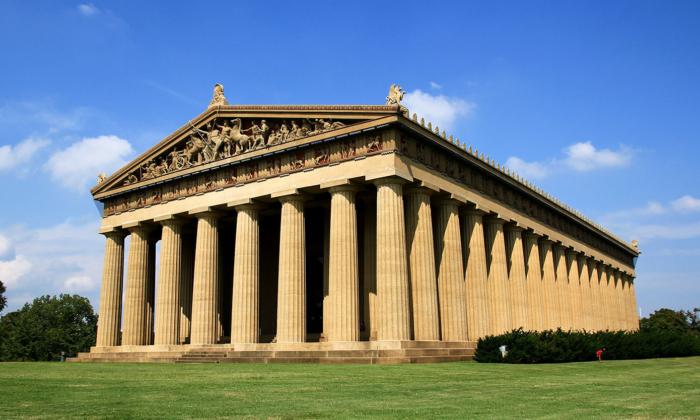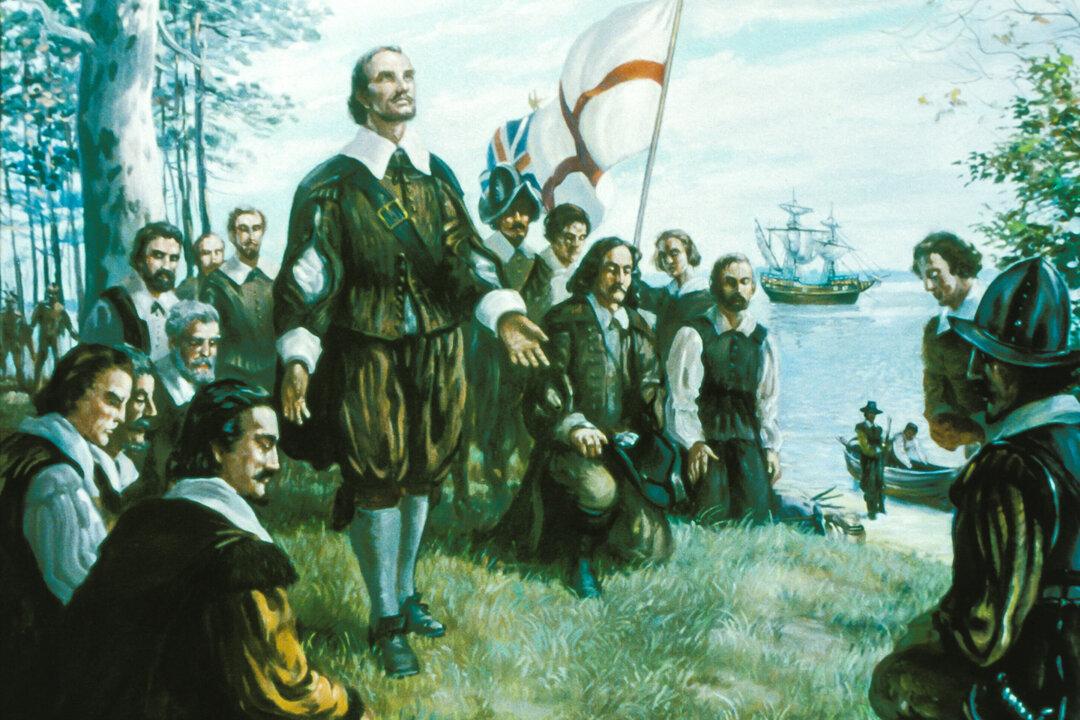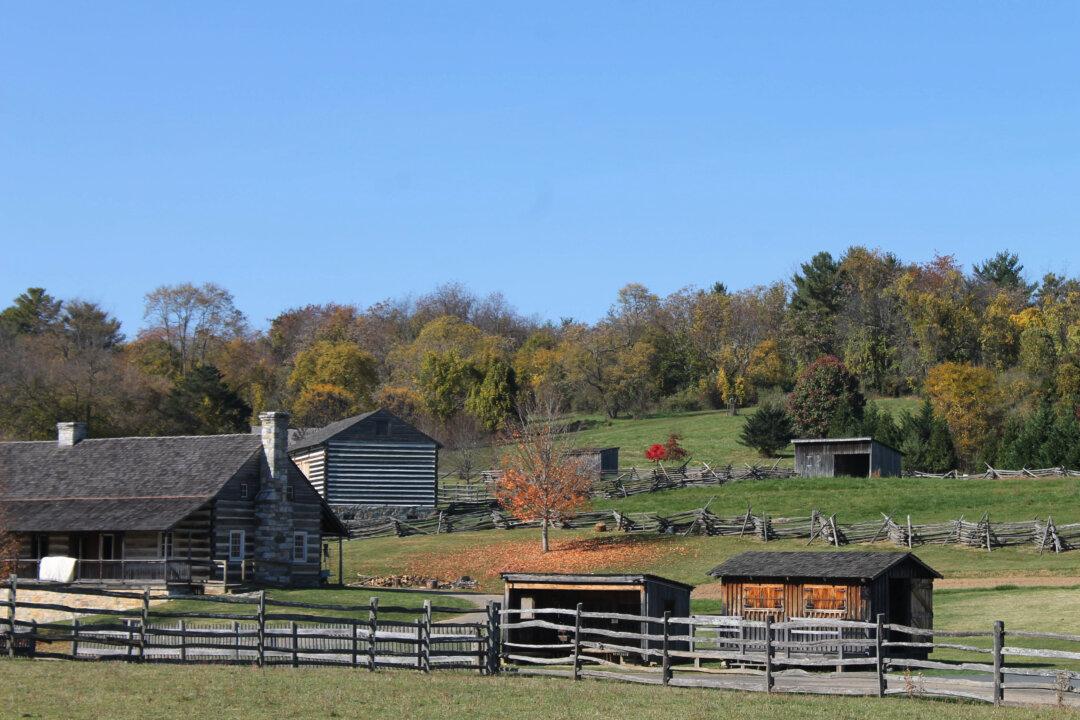The Rev. Philip Lindsley came to Nashville, Tennessee, in 1824 to rescue the struggling Cumberland College (now University of Nashville). What he brought with him was a great vision: to create “a center of learning and civilization in the midst of the Old Southwest.” He pictured a group of academics, similar to those depicted in Raphael’s famous fresco “The School of Athens,” enriching the city’s culture.
Building a Vision

In the turbulent 19th century, Nashville grew and prospered. Mary Ellen Pethel, in her book “Athens of the New South,” explains that even in the dark days of the Civil War, the city continued to grow. It was the first Southern city occupied by Union forces and was spared the destruction that so many of them experienced. After the war, industry and a central location fueled its prosperity. The city was blessed, according to Pethel, with a unique “demographic, structural, and cultural composition.”
Tennessee Centennial and International Exposition

To celebrate the centennial of Tennessee statehood, Nashville hosted a world’s fair that ranked among the great neoclassical expositions of the late 19th century. The 1897 international exposition presented great Beaux-Arts halls and featured a full-scale replica of the Parthenon of Athens. Originally built during the reign of Pericles (fifth century B.C.), the Greek Parthenon was a temple to the goddess Athena, the city’s patron. It later became a Christian church, and after the Ottoman conquest, it was turned into a mosque.
The Tennessee State Capitol Building, designed by William Strickland, had already introduced Nashville to Greek Revival architecture. Inspired by ancient buildings of Athens, the building featured all three Greek orders of columns—Ionic, Doric, and Corinthian—and was constructed with great skill and accuracy. Maj. Eugene Castner Lewis, director of the 1897 fair, first suggested that a reproduction of the Parthenon would be a fitting symbol for the exposition.

Reconstructing the Parthenon

It was decided to rebuild the structure out of concrete on its original foundations. In 1920, the original building was razed and a new Parthenon began to be constructed. The exterior was completed in 1925 and the interior was finished in 1931. It became a temple of the arts. The “Athena Parthenos” statue by sculptor Alan LeQuire was unveiled in 1990, replicating the Athena that stood in the original Greek temple.

Today, the reconstructed Parthenon stands as the centerpiece of Nashville’s Centennial Park—a permanent park that was created on the site of the 1897 exposition. The building has served as a backdrop for many festivals and theatrical productions. Spring pageants, with casts of hundreds, became a major tourist draw as the railroads gave special promotional pricing to encourage attendance. Chariot races, large dance numbers, and other visual displays drew visitors from surrounding states to experience firsthand the “Athens of the South.”
This all is a fitting tribute to a city that stretched its vision and its commitment to education and culture as it prospered economically. It is a tribute to those leaders who saw the need to enrich the generations to follow—a testimony to what one man can inspire. Philip Lindsley’s legacy is aptly remembered.








